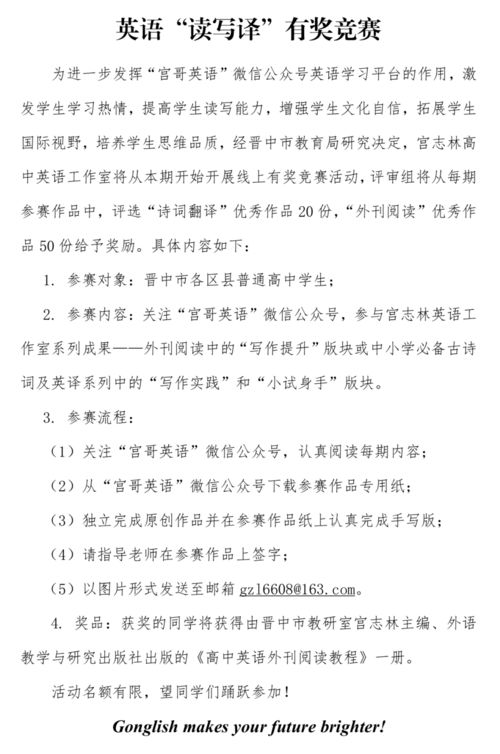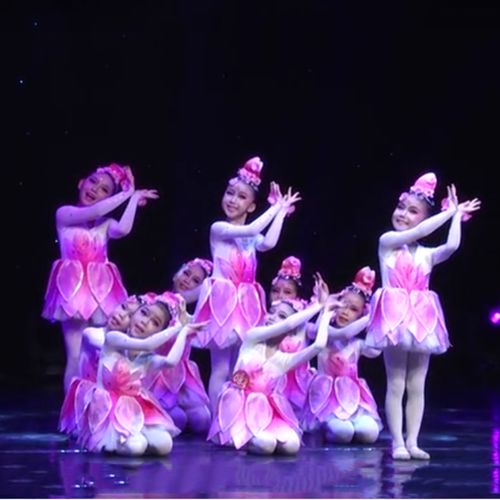押韵的春天诗歌英文翻译是什么
Title: Translating Rhyming Spring Poetry into English
Spring, the season of rejuvenation and renewal, often inspires poets to craft verses that capture its essence. Translating rhyming spring poetry from one language to another requires careful consideration of not just the literal meaning, but also the rhythmic flow and lyrical beauty. Below, I present a guide on translating such poetry into English, along with examples to illustrate the process.
Understanding the Original Poem:
Before attempting to translate a poem, it's essential to thoroughly understand its meaning, imagery, and emotions conveyed. Take note of cultural references, metaphors, and the poet's style. In the case of spring poetry, themes of rebirth, blossoming, and the awakening of nature are commonly depicted.
Preserving Rhyme Scheme:
Maintaining the rhyme scheme is crucial in translating rhyming poetry. While it may not always be possible to find exact rhymes in English for every word, strive to retain the pattern and rhythm of the original poem. Utilize synonyms, wordplay, or slight alterations to achieve this.

Translating Metaphors and Imagery:
Metaphors and imagery play a significant role in poetry, evoking vivid emotions and sensory experiences. When translating, aim to convey the same imagery and metaphorical meanings while adapting them to resonate with Englishspeaking readers. Consider cultural nuances and symbolism associated with spring in both languages.
Example Translation:
Original Chinese Poem:
```
春风轻拂柳梢头,
燕子归来喜满楼。
桃花潭水深千尺,
不及你眉目如画眸。
```
English Translation:
```
Light breeze caresses willow's tender leaves,
Swallows return, dancing 'neath eaves.
Beneath the peach blossom's deep, tranquil flow,
Your eyes, a portrait, outshine spring's glow.
```
Guidelines for Translation:
1.
Maintaining Flow:
Ensure the translated lines flow smoothly and maintain the poem's rhythm.2.
Adaptation of Cultural References:
Substitute cultural references with ones familiar to the target audience without losing the essence of the original.3.
Sensory Language:
Utilize sensory language to evoke similar feelings and experiences as the original poem.4.
Consultation:
If possible, consult with native speakers or poets fluent in both languages to refine the translation and capture the intended nuances.Conclusion:
Translating rhyming spring poetry requires skill, sensitivity, and an understanding of both languages' cultural and linguistic nuances. By preserving the rhyme scheme, translating metaphors effectively, and maintaining the poem's emotive essence, a successful translation can resonate with readers in the target language, allowing them to experience the beauty of spring through verse.











